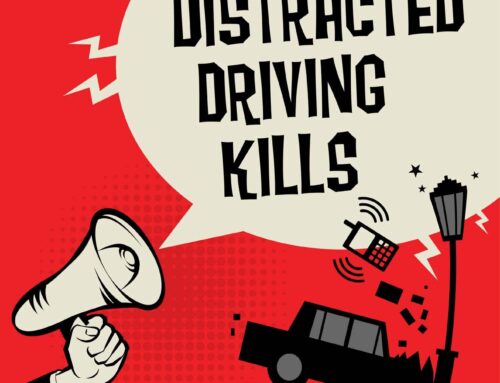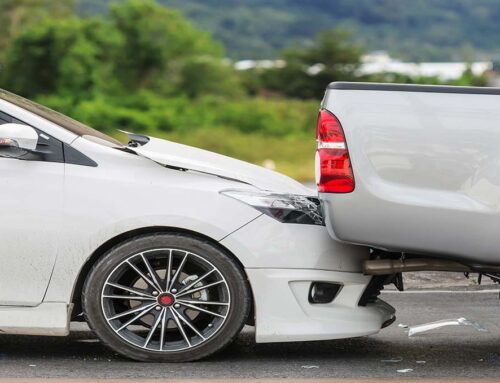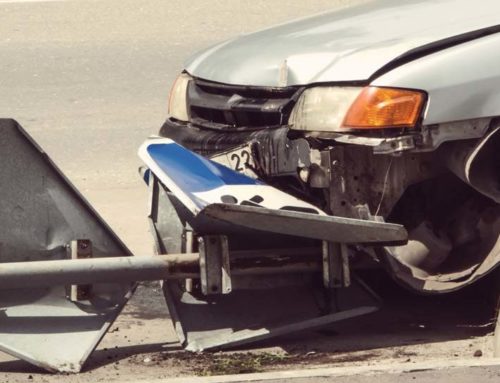As a responsible driver who recognizes the significance of insurance, it is crucial to acknowledge that not all individuals share the same level of conscientiousness. If you find yourself involved in a collision with an uninsured motorist, who lacks the financial means to compensate for your injuries and losses, you may face an additional burden.
According to data from the Insurance Information Institute, a staggering one in eight drivers is uninsured. Consequently, it becomes prudent to incorporate uninsured motorist coverage into your insurance policy, irrespective of your state of residence, as accidents can occur without discretion in terms of individuals, time, or location.
Defining Uninsured Motorist Coverage (UM)
In essence, uninsured motorist coverage serves as protection against the costs incurred due to a collision involving an at-fault party who lacks insurance. An uninsured driver is an individual who either does not possess insurance, fails to meet the state’s minimum liability requirements, or represents an insurance company incapable of fulfilling the claim. Furthermore, hit-and-run drivers also fall within the uninsured category.
Uninsured motorist coverage may also extend its benefits to family members and passengers occupying your insured vehicle at the time of an accident caused by an uninsured driver. UM bodily injury liability covers medical expenses and, in certain instances, even compensates for income loss resulting from the crash.
Another type of uninsured motorist coverage is uninsured motorist coverage for property damage (UMPD). UMPD covers the costs of vehicle or property damage caused by an uninsured driver, provided the individual responsible can be identified. However, UMPD does not cover damages arising from collisions with hit-and-run drivers.
Is There an Additional Cost Associated with UM?
Typically, uninsured motorist bodily injury (UMBI) coverage amounts to approximately 5% of your annual auto insurance premium. For instance, if your annual premium totals $800, adding UM coverage would entail an extra $40 per year. Considering the benefits that accompany having UM coverage, this increase is relatively minimal.
Although uninsured motorist coverage is only mandatory in nearly half of the states in the U.S., it is prudent to carry such coverage, especially if you reside in Florida, Mississippi, New Mexico, Michigan, or Tennessee—states with the highest number of uninsured drivers.
What Are the Typical Coverage Limits?
Coverage limits vary depending on the insurer and state regulations. The range can be as low as $5,000 or as high as $1 million per year. These limits can be expressed in split form, similar to liability coverage. For instance, a 100/300 coverage indicates a limit of $100,000 per person and $300,000 per incident.
How Does Uninsured Motorist Coverage Work?
If an uninsured driver collides with your vehicle, it is essential to contact the insurance provider of the at-fault party and initiate a claim for coverage. In the event that the at-fault party lacks insurance, you must also inform your own insurance company about the situation.
Your insurance provider may opt to file a claim immediately or await a response from the other party’s insurance. If the other party is unable to compensate for your losses, your insurance company will commence an investigation. Upon completion of this investigation, you should receive compensation based on your policy limits.
In the event that your claim is denied by your insurer, it is advisable to consult with a lawyer to explore further legal options. An experienced Las Vegas uninsured motorist attorney can provide guidance and advocate for your rights.






